Home>Home Appliances>Home Automation Appliances>How Long Do Alexa Devices Last
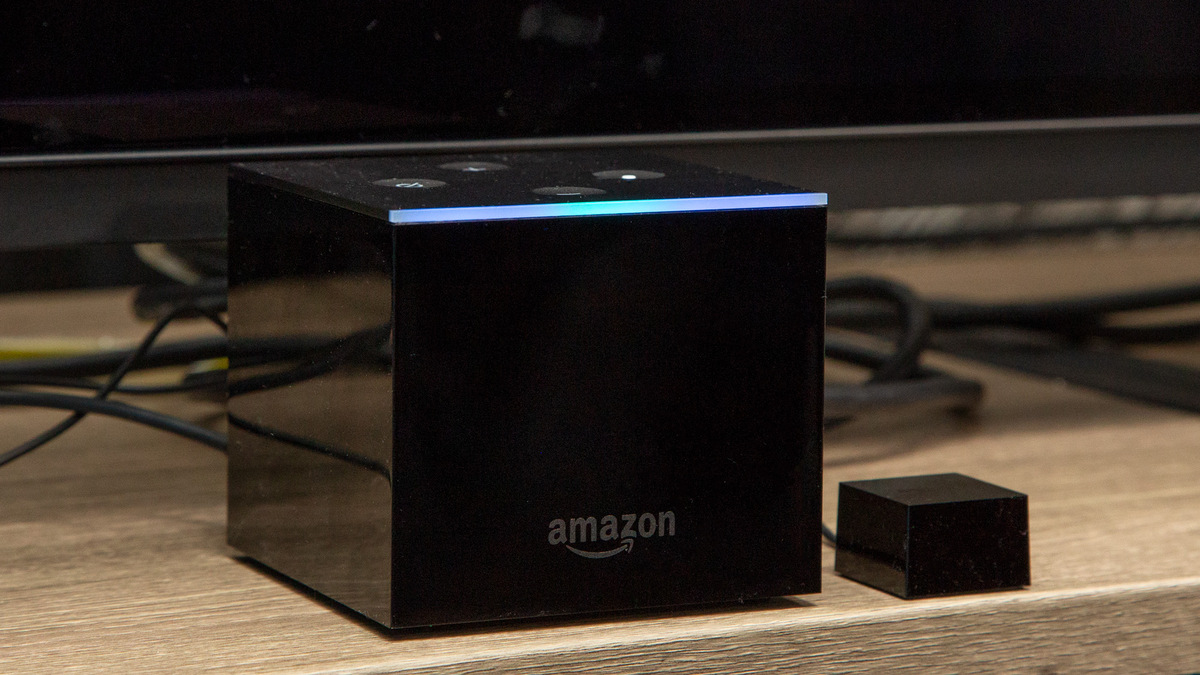

Home Automation Appliances
How Long Do Alexa Devices Last
Modified: August 17, 2024
Discover the longevity of Alexa devices and their lifespan in the context of home automation appliances. Learn how to maximize the lifespan of your Alexa devices.
(Many of the links in this article redirect to a specific reviewed product. Your purchase of these products through affiliate links helps to generate commission for Storables.com, at no extra cost. Learn more)
**
Introduction
**
As technology continues to revolutionize our daily lives, smart home devices have become an integral part of modern households. Among these, Amazon’s Alexa devices have gained immense popularity for their seamless integration with various home automation appliances, entertainment systems, and daily task management. However, like any electronic device, Alexa devices have a finite lifespan, prompting the question: How long do Alexa devices last?
Understanding the factors that influence the lifespan of Alexa devices and learning how to extend their longevity is crucial for maximizing the value of these smart assistants. This article delves into the various facets of Alexa device lifespan, explores the factors that affect their longevity, and provides practical tips for prolonging their operational lifespan.
**
Key Takeaways:
- Alexa devices last longer with proper care and maintenance, including regular cleaning, firmware updates, and power protection, ensuring sustained performance and durability.
- Placing Alexa devices away from heat sources, using quality accessories, and avoiding high volume levels can extend their lifespan, maximizing their value in smart homes.
Read more: How Do I Rename An Alexa Device
Factors Affecting Alexa Device Lifespan
**
Several factors contribute to the lifespan of Alexa devices, influencing their overall durability and performance over time. Understanding these factors can help users make informed decisions about their usage and maintenance. Here are the key elements that affect the lifespan of Alexa devices:
- Usage Patterns: The frequency and intensity of usage play a significant role in determining the lifespan of Alexa devices. Continuous and prolonged usage, especially at high volume levels, can exert stress on the internal components, potentially impacting their longevity.
- Environmental Conditions: The environment in which Alexa devices are placed can have a substantial impact on their lifespan. Exposure to extreme temperatures, humidity, or dust can accelerate wear and tear, potentially leading to premature failure of internal components.
- Maintenance and Care: Proper maintenance and care can significantly extend the lifespan of Alexa devices. Regular cleaning, avoiding liquid exposure, and following manufacturer-recommended maintenance practices can help preserve the internal components and prevent premature malfunctions.
- Software Updates: Regular software updates are essential for maintaining the performance and security of Alexa devices. Outdated software can lead to compatibility issues and vulnerabilities, potentially impacting the overall lifespan of the device.
- Power Supply Quality: The quality of the power supply directly impacts the operational lifespan of Alexa devices. Fluctuations in power, voltage spikes, or inadequate power protection measures can damage the internal circuitry, affecting the device’s longevity.
- Component Quality: The quality of internal components, including the speaker, microphones, and circuitry, plays a crucial role in determining the overall lifespan of Alexa devices. High-quality components are more resilient and less prone to premature failure.
By considering these factors, users can proactively manage their Alexa devices to optimize their lifespan and ensure sustained performance over an extended period.
**
To extend the lifespan of your Alexa device, regularly update its software, keep it away from water and extreme temperatures, and avoid dropping or mishandling it. Regular maintenance and care can help prolong its life.
Ways to Extend the Lifespan of Alexa Devices
**
Maximizing the lifespan of Alexa devices involves proactive measures to mitigate the impact of various factors that can potentially shorten their operational longevity. Implementing the following strategies can help users extend the lifespan of their Alexa devices while maintaining optimal performance:
- Proper Placement: Position Alexa devices in well-ventilated areas away from direct sunlight and sources of heat to prevent overheating and minimize exposure to environmental stressors.
- Regular Cleaning: Dust and debris can accumulate on the surfaces and vents of Alexa devices, potentially impacting their internal components. Regular cleaning with a soft, dry cloth can help prevent dust buildup and maintain proper airflow for cooling.
- Firmware Updates: Stay updated with the latest firmware and software releases for Alexa devices. Regular updates ensure compatibility with new features, enhance security, and address potential performance issues, contributing to prolonged lifespan.
- Optimal Usage: Avoid prolonged exposure to high volume levels, as this can strain the speaker components. Additionally, powering off the device when not in use can help conserve energy and reduce wear on internal components.
- Power Protection: Utilize surge protectors and high-quality power adapters to safeguard Alexa devices from voltage fluctuations and electrical surges, reducing the risk of damage to internal circuitry.
- Environmental Control: Maintain a stable environment by avoiding extreme temperatures and high humidity levels, as these conditions can adversely affect the electronic components within Alexa devices.
- Quality Accessories: Use compatible and high-quality accessories, such as microphones, cables, and mounts, to ensure optimal performance and minimize the risk of component failure due to accessory-related issues.
- Scheduled Inspections: Periodically inspect the physical condition of Alexa devices, including cables and connectors, to identify signs of wear or damage. Timely interventions can prevent potential issues from escalating and impacting the device’s lifespan.
By implementing these measures, users can effectively prolong the lifespan of their Alexa devices, ensuring continued reliability and performance for an extended duration.
**
Conclusion
**
Understanding the lifespan of Alexa devices and the factors that influence their longevity is essential for users seeking to maximize the value of these smart home assistants. By considering usage patterns, environmental conditions, maintenance practices, and component quality, users can proactively manage their Alexa devices to optimize their operational lifespan.
Furthermore, implementing strategies to extend the lifespan of Alexa devices, such as proper placement, regular cleaning, firmware updates, and power protection, can significantly contribute to maintaining their performance and durability over time. By adhering to these practices, users can mitigate the impact of environmental stressors, usage-related wear, and potential component failures, thereby ensuring sustained functionality and reliability.
Ultimately, the proactive management and care of Alexa devices can lead to an extended operational lifespan, enabling users to derive prolonged utility and enjoyment from these smart home assistants. By embracing these principles, users can harness the full potential of Alexa devices while safeguarding their long-term performance and value within the home automation ecosystem.
As technology continues to advance, the proactive management of smart home devices, including Alexa devices, will remain pivotal in maximizing their lifespan and ensuring continued satisfaction for users seeking seamless integration and convenience in their daily lives.
Frequently Asked Questions about How Long Do Alexa Devices Last
Was this page helpful?
At Storables.com, we guarantee accurate and reliable information. Our content, validated by Expert Board Contributors, is crafted following stringent Editorial Policies. We're committed to providing you with well-researched, expert-backed insights for all your informational needs.

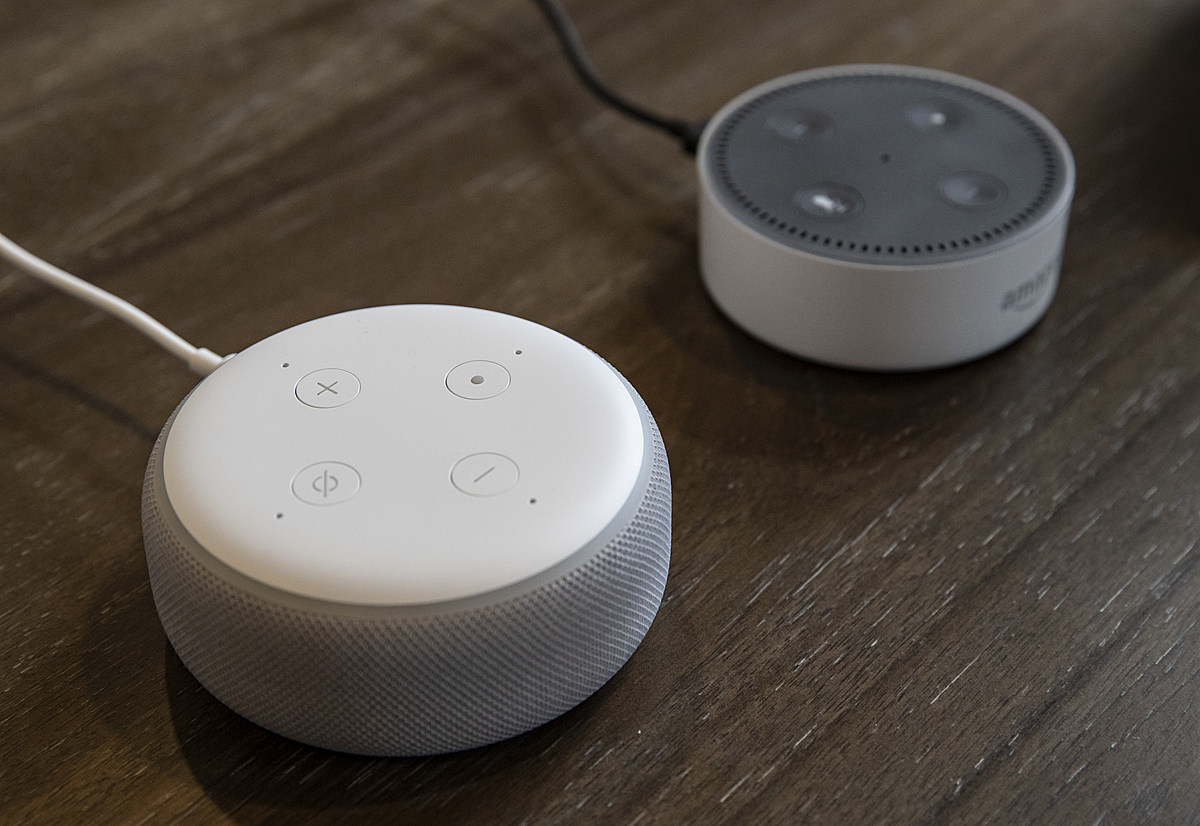



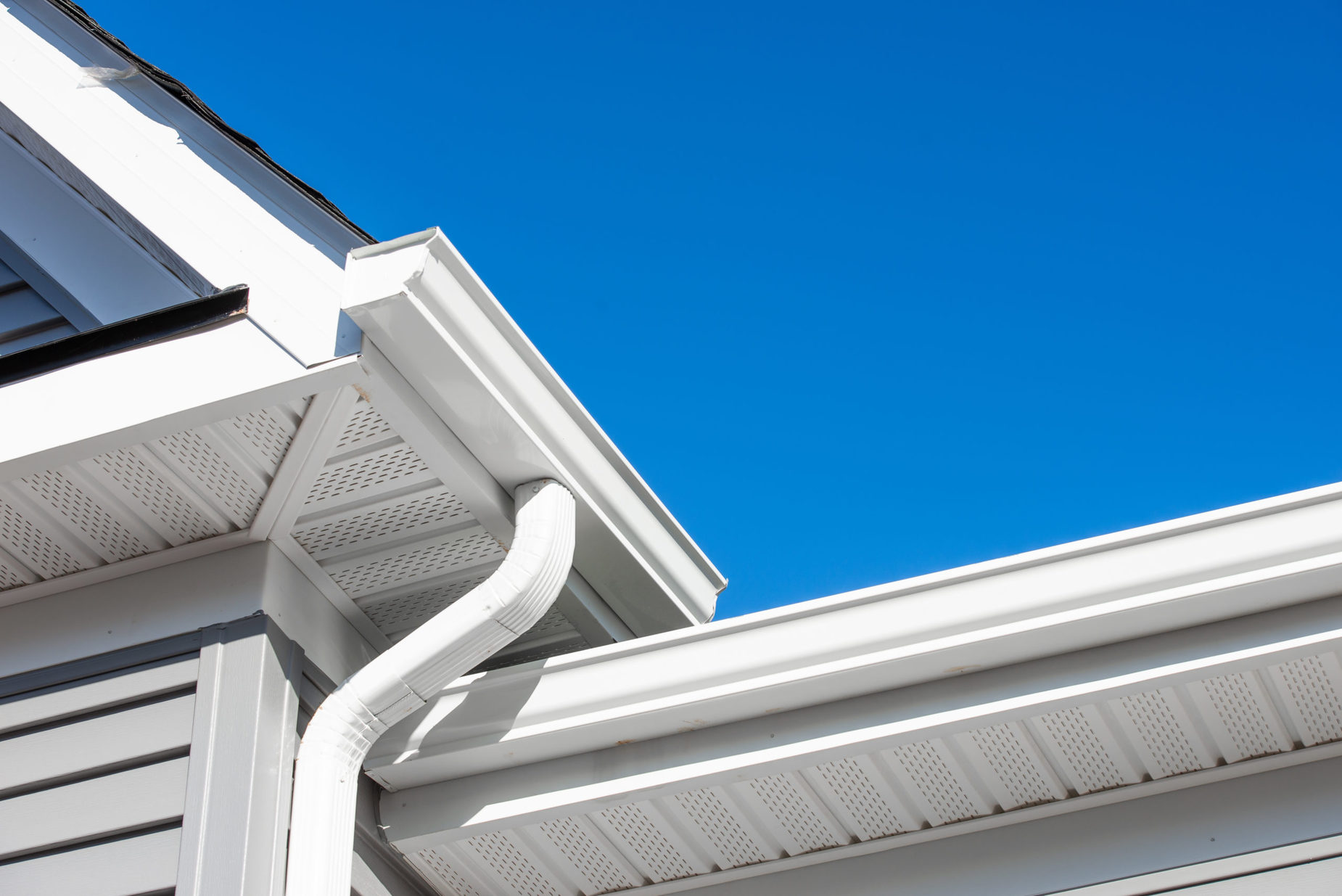
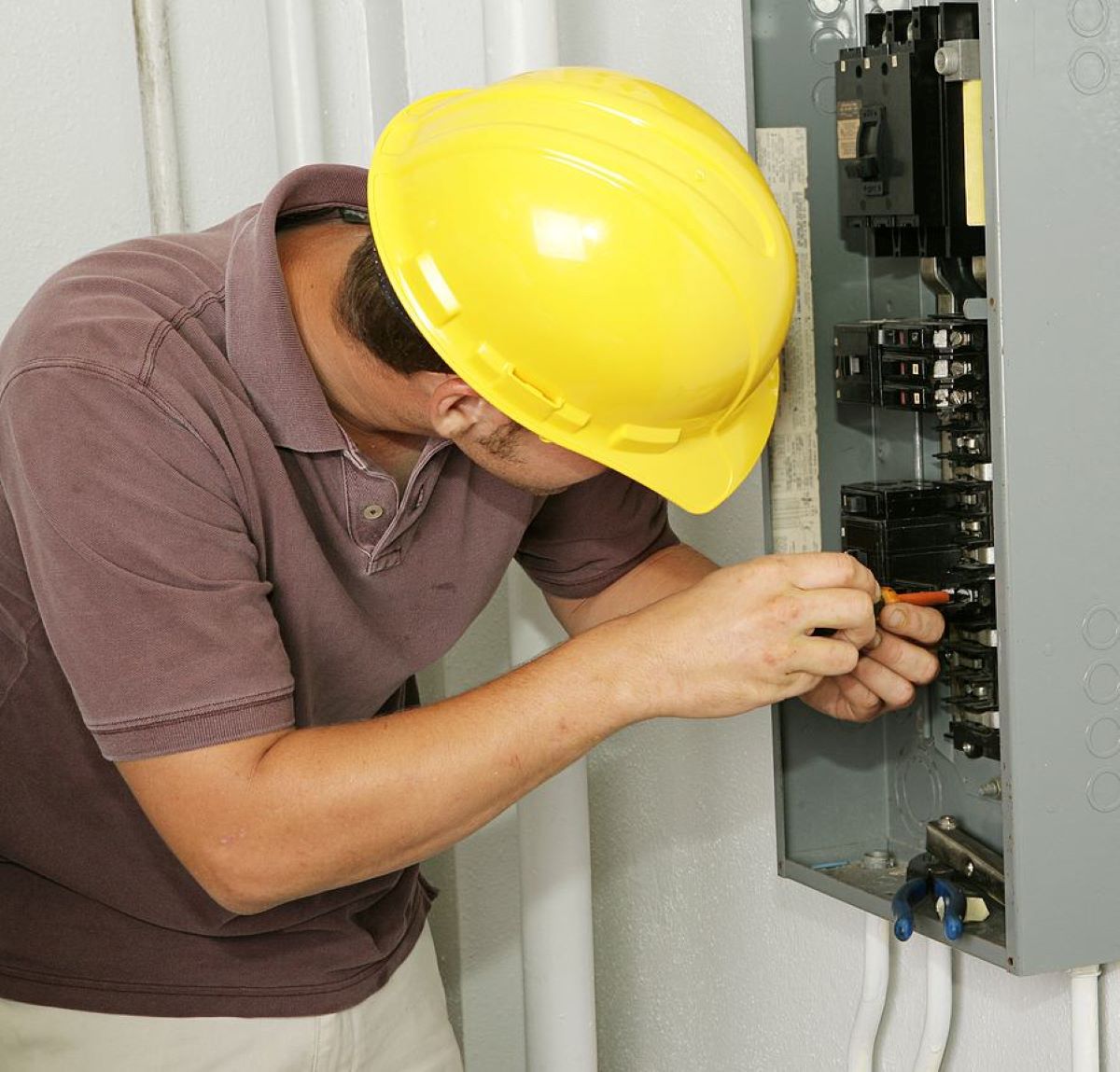

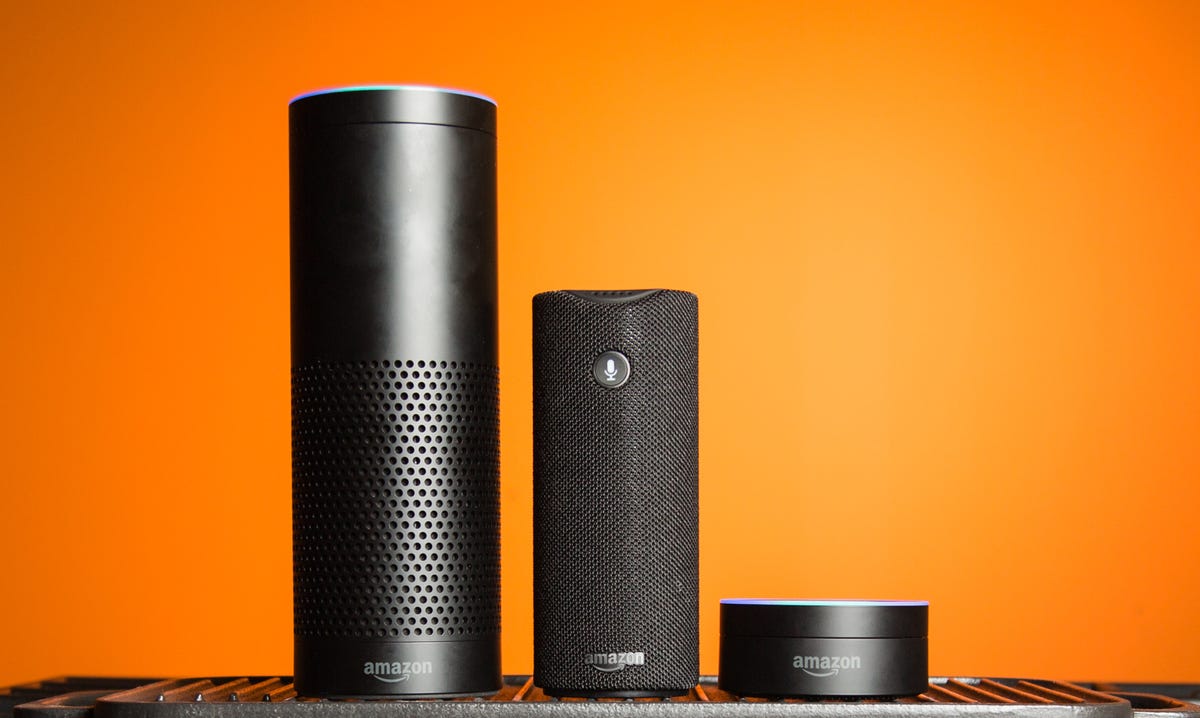
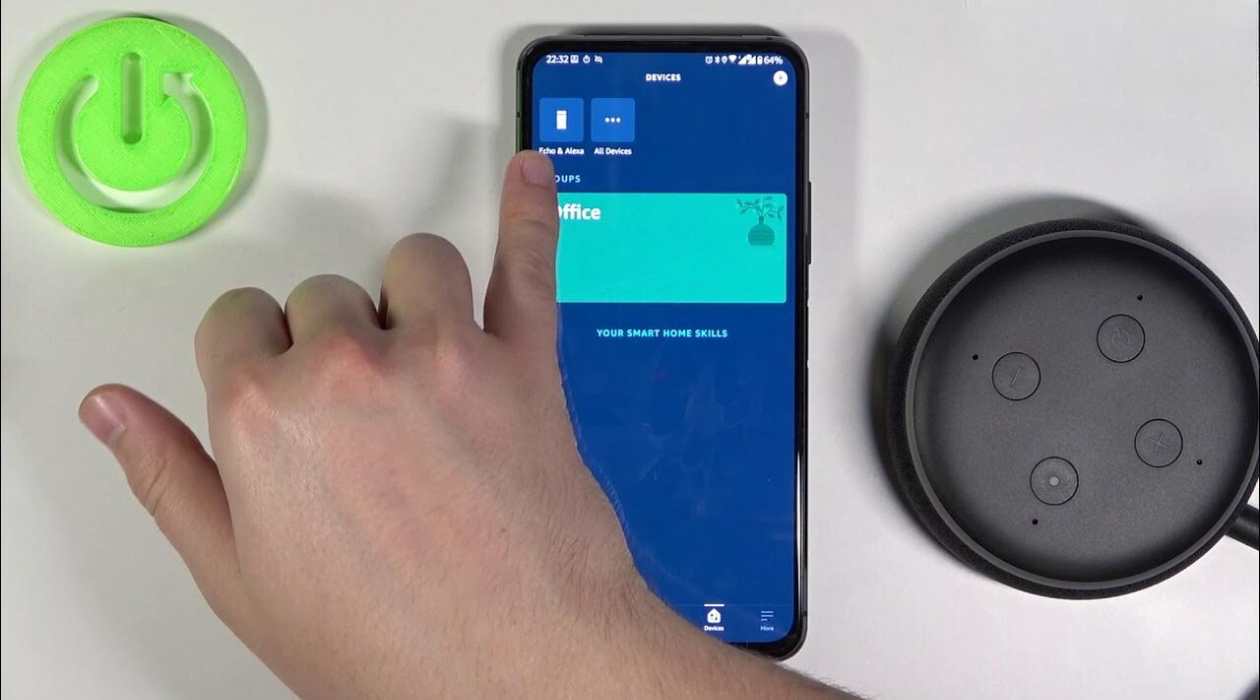
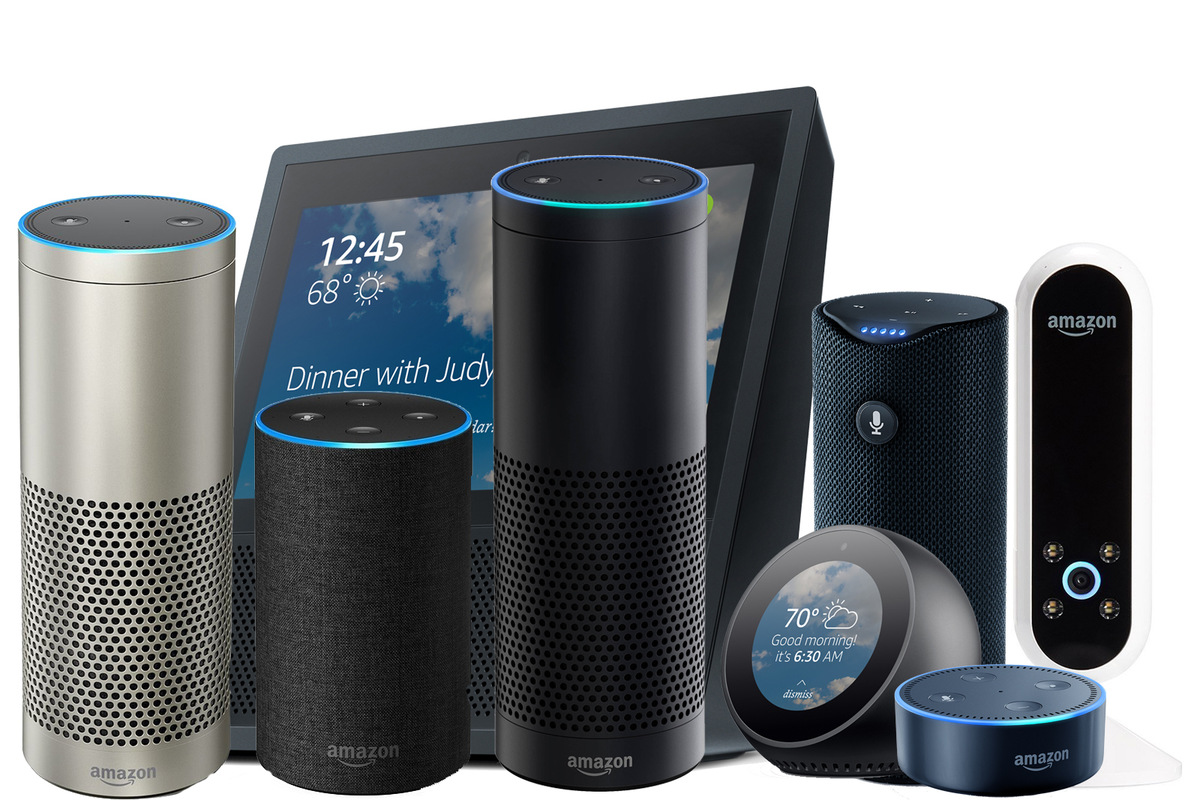

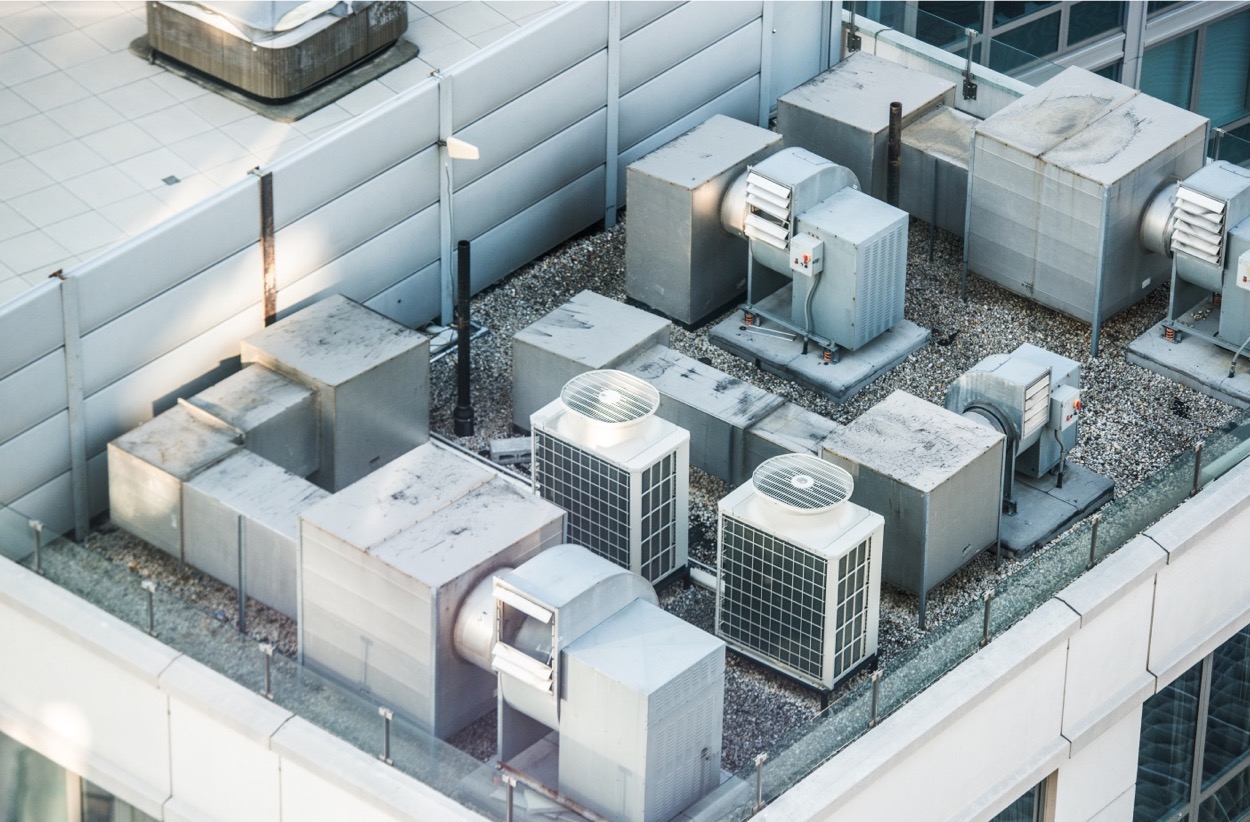



0 thoughts on “How Long Do Alexa Devices Last”